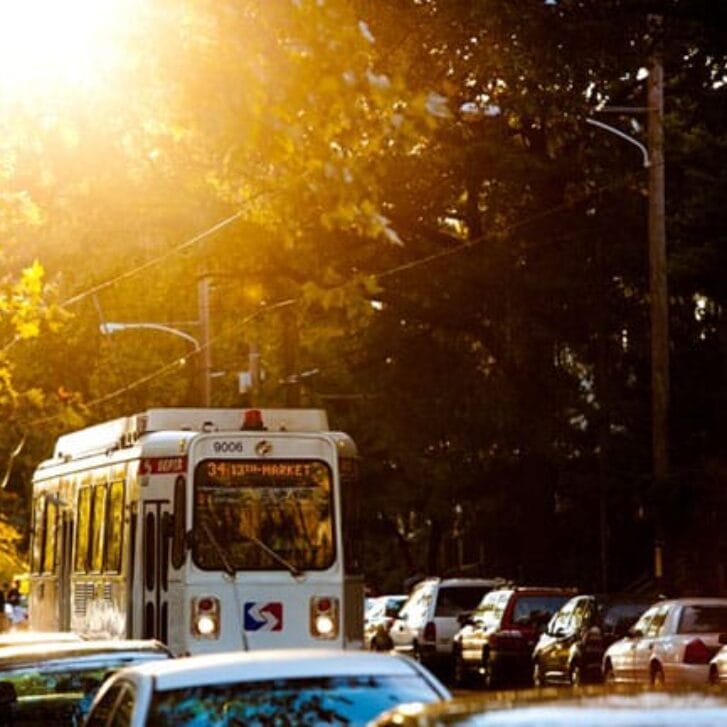Ensuring a college campus is safe for students, faculty and staff is a challenge. Many of the high-profile shootings, suicides and sexual assaults on campuses in recent years have led to a range of ideas on new ways to improve safety. Whether it’s bulletproof backpacks, allowing concealed weapons on campus or hiring more police officers, there is always an argument for and against the idea.
The idea that nearly always achieves consensus, however, is better communication. More communication within school communities around safety—and not just after incidents occur—but before and during as well.
Most universities put primary responsibility for safety in the hands of a single department, the public safety department. This structure relies on a small number of people and is limited in terms of effectiveness. The ability of a single department extends only as far as the number of people and resources it has available, which is usually limited. However, if we are able to expand the number of people involved in maintaining campus safety to include the entire community, we all stand to gain. To do this, we need to empower and encourage the community to communicate about safety issues more freely.
In much the same way that the learning paradigm continues to shift toward more interactive classes, campus safety needs to shift to a model with greater community engagement. By getting students, faculty and staff to recognize that each has an important role to play, the strength of that community increases. Fostering a collective consciousness more focused and willing to communicate about safety won’t occur overnight, but it is not out of reach. It is a matter of allocating time and resources in the right areas to begin making the changes that will eventually lead to major behavioral shifts.
In the same way students invest in their education for a more promising future, schools likewise must invest in their community’s education about safety for a more secure future. Here are some potential methods:
Campaigns at school need to go beyond the very simple “see something, say something” slogan and elaborate on the importance of engagement, collaboration and information sharing. Better information equals better safety. Educating students on past events and the realness of possible future events helps students see and feel the importance of their actions and attitudes.
Celebrate success by highlighting students whose responsible actions help make an impact on campus. If students send in tips about a suspicious person, thank them and reward them for being an active community member. If that tip leads to an arrest, let the entire school know that a student made a difference.
Equally important is to foster an environment where trust exists between the community and its public safety department, which is sometimes difficult with some college-age students who feel skeptical of or battle authority. Regular and frequent community bonding events can help build rapport and understanding. Without a consistent effort to stay close to and communicate with the community, one-off events can appear gimmicky and fall short of the investment needed to build relationships.
Schools also need to look at the methods they have for collecting information from community members. Outdated methods like online tip forms and campus safety hotlines just don’t cut it anymore. We have a generation who prefer to communicate via text, social media and apps than by calling and talking. If a student won’t use his or her mobile phone to call friends and family, why should schools expect students to call in tips and other important safety related issues? Campus safety needs to communicate and interact with students in the way students are used to through smartphones, apps, texting, multimedia, social media, games and even maps.
By making it easier (and safer) for community members to communicate with campus safety, people’s willingness to share will increase too. By fostering an environment of engagement, education and accessibility, public safety officials will benefit from a flow of community “insider” knowledge that will help prevent incidents as well as respond to incidents more efficiently. As culture and communication are inextricably tied, a new culture of safety will be created with great benefits to all involved.
Editor’s note: Jeff’s colleague Roxanne Trust contributed to this piece.

























